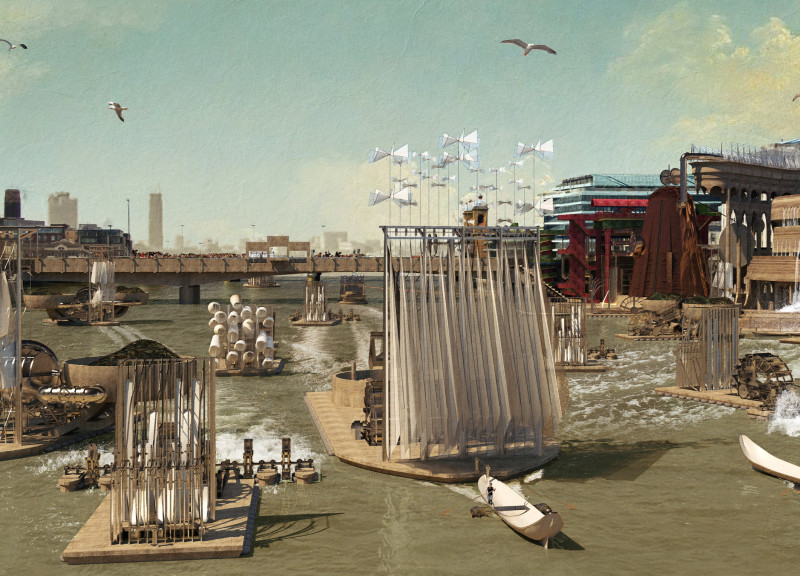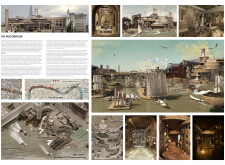5 key facts about this project
## Project Overview
Located in [insert geographical location], the design emphasizes a balance between contemporary architecture and its contextual setting. The primary objective is to create a functional space that meets the needs of its occupants while also addressing environmental considerations inherent to modern building practices.
## Spatial Configuration and User Interaction
The layout prioritizes fluidity and accessibility, fostering interactions among users through strategically arranged open and defined spaces. This design encourages communal activities alongside the privacy required for individual contemplation. The architectural organization enhances movement throughout the premises, accommodating diverse uses from collaborative work to private relaxation.
### Material Selection and Responsiveness
The choice of materials reflects a commitment to both aesthetic integrity and performance. Key materials include:
- **Reinforced Concrete**: This provides essential structural support while allowing for varied forms.
- **Glass**: Used extensively, it enhances transparency and facilitates natural light, contributing to occupant well-being.
- **Locally Sourced Brick**: Employed in the exterior cladding, this choice fosters a connection to the regional character and minimizes the building's ecological footprint.
- **Sustainable Wood Types**: Species such as Cedar and Birch are incorporated for their aesthetic warmth and sourced from responsible suppliers, thereby supporting sustainability.
- **Steel Framework**: This material contributes to durability while offering a modern aesthetic through sleek detailing.
The interplay of these materials creates a cohesive visual language that resonates with the project's intent and context. Furthermore, sustainable features such as [list specific features, e.g., solar panels or rainwater harvesting systems] enhance the building's ecological performance and affirm its commitment to environmental responsibility.



















































